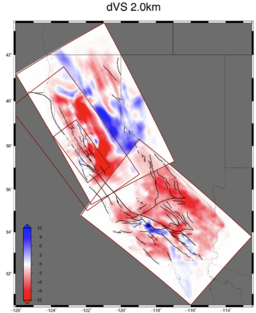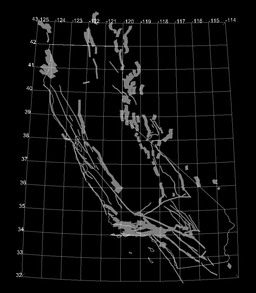Difference between revisions of "California CVM Meeting - 3 April 2012"
From SCECpedia
Jump to navigationJump to search| Line 23: | Line 23: | ||
##Lin-Thurber | ##Lin-Thurber | ||
##USGS CenCal | ##USGS CenCal | ||
| − | #UCVM | + | #Buidling Combined Models using UCVM |
| − | #Re-integration of Inversions into | + | #Re-integration of Inversions into CVMs |
##Po South Cal Inversion | ##Po South Cal Inversion | ||
##Carl Cal Inversion | ##Carl Cal Inversion | ||
Revision as of 18:04, 23 March 2012
California CVM Meeting Goals
- Define desired features in a California CVM
- Review capabilities and features of existing California CVMs
- Develop methods for integrating inversion-based CVM improvements
- Description of UCVM Capabilities
- Plan candidate UCVM-CyberShake Model
- Plan SCEC4 UCVM Model
Draft Meeting Agenda
- California CVM Requirements
- Distribution UCERF3.0 Ruptures
- Geotechnical
- Elevation
- Bathmetry
- Hydrology
- Features of Existing California CVMs
- CVM-S
- CVM-H
- Lin-Thurber
- USGS CenCal
- Buidling Combined Models using UCVM
- Re-integration of Inversions into CVMs
- Po South Cal Inversion
- Carl Cal Inversion
- Candidate CyberShake Models
- Merged and smoothed models
- California Inversion-based model
- Candidate 5 Year Development
- CVM-H development plans

